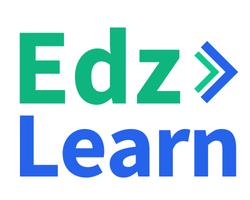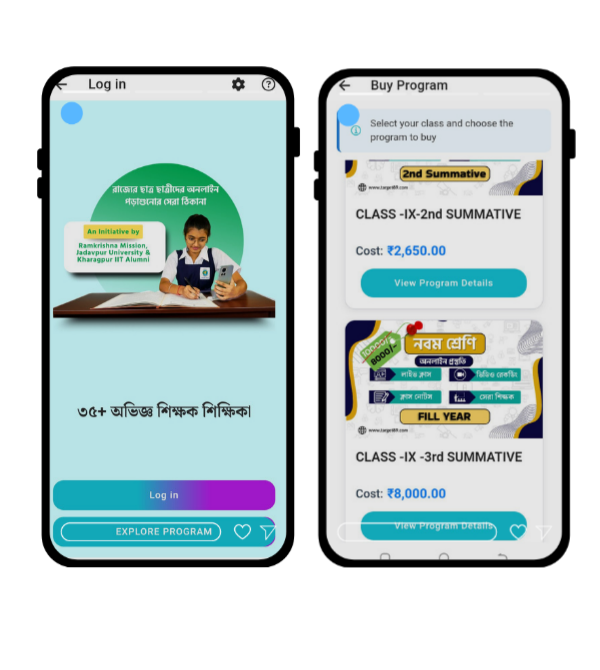AI is reshaping higher education faster than anyone expected. And at the center of this shift is something every university now wants — AI-Powered Personalized Learning Paths.
They help students learn at their own speed, fix gaps early, and stay motivated throughout the semester.
Let’s break down how they work and why universities are adopting them so quickly.
What Are AI-Powered Personalized Learning Paths?
It’s simple.
These learning paths use artificial intelligence to understand each student’s strengths, weaknesses, learning style, and progress. Then the system automatically builds a learning route that fits them perfectly.
No two students receive the same path.
AI adjusts lessons, quizzes, difficulty levels, and study materials — all in real time.
For universities, this means:
- Better learning outcomes
- Smooth course delivery
- Less manual workload for faculty
Why Universities Need Personalized Learning Today
Traditional classroom teaching works, but it doesn’t help every student equally.
Some fall behind quietly.
Some lose interest.
Some move faster than the rest.
AI-Powered Personalized Learning Paths fix this gap by guiding each student based on where they stand.
Universities using personalized learning see:
- Higher course completion rates
- Better student satisfaction
- More accurate performance predictions
- Lower dropout rates
1. AI Helps Students Learn at Their Own Pace
Not every learner understands a topic the first time.
AI slows down, speeds up, or revisits concepts automatically.
This keeps fast learners engaged and struggling learners supported — without extra faculty effort.
2. Smarter Content Recommendations
AI studies how a student behaves inside the LMS.
Then it recommends:
- Videos
- Quizzes
- Case studies
- Readings
- Practical activities
This keeps them learning in a way that feels natural, not forced.
3. Early Detection of Academic Struggles
One of the biggest advantages of AI-Powered Personalized Learning Paths is early intervention.
The system flags when a student:
- Stops logging in
- Scores low repeatedly
- Misses assignments
- Shows slow progress
Faculty get alerts and can step in before the student falls too far behind.
4. AI Boosts Classroom Engagement
Students stay hooked when the learning feels “just right.”
Because AI keeps adjusting difficulty, students don’t feel bored or overwhelmed.
That leads to:
- Better participation
- More confidence
- Stronger academic habits
5. Reduces Faculty Workload
AI handles repetitive tasks like:
- Tracking progress
- Suggesting the next module
- Evaluating learning patterns
- Recommending improvements
Faculty can focus on teaching, mentoring, and research — not admin tasks.
6. More Accurate, Data-Driven Decisions
Universities can finally use real data to improve learning.
Admin teams get analytics showing:
- Which courses work
- Where students struggle
- Which learning materials help most
- How engagement changes over time
This helps universities redesign programs smartly and confidently.
7. Helps Universities Scale Without Extra Resources
Whether you have 200 students or 20,000 — AI handles personalization automatically at scale.
It’s one of the biggest reasons universities are adopting AI-based learning tools in 2025.
Why Universities Should Adopt AI-Powered Personalized Learning Paths Now
The world is moving toward skills-first education — not degree-first.
Students want modern, adaptive, future-ready learning.
Universities that use AI:
- Look more innovative
- Attract better student enrollments
- Improve learning quality
- Prepare students for real-world skills
EDZLMS gives universities everything they need to deliver personalized learning with powerful AI features already built in.














